The Lupin (botanical name: Lupinus), a member of the Fabaceae family, is a versatile plant native to regions spanning America, the Mediterranean, and Tanzania. Known for its annual life cycle, Lupins have been cherished by gardeners for over a century, particularly in Britain, where they hold a special place as timeless garden classics.
These striking plants are easily recognized by their tall, elegant spires that add vertical interest to any garden space. With a stunning array of colors and varying sizes, Lupins bring vibrant beauty and a bold statement to gardens, making them a popular choice for both traditional and modern landscapes.
| Common name | Lupin, Lupine |
| Botanical name | Lupinus |
| Family | Fabaceae |
| Origin | America, Mediterranean to Tanzania |
| Life cycle | Annual |
| Plant type | Annual |
| Hardiness zone | 4, 5, 6, 7, 8 |
| Sunlight | Full Sun |
| Soil ph | Acid |
| Drainage | Well-Drained |
| Flowering period | Spring |
| Flower color | Blue |
| Leaf color | Green |
| Fruit type | Capsule |
| Flower benefit | Showy |
| Garden style | Butterfly Garden |
| Uses | Meadow |
I. Appearance and Characteristics
Lupinus, commonly known as lupin, lupine, or regionally bluebonnet, is a genus of plants in the legume family Fabaceae. The genus includes over 199 species, with centers of diversity in North and South America. Smaller centers occur in North Africa and the Mediterranean. They are widely cultivated, both as a food source and as ornamental plants, but are invasive to some areas.
The species are mostly herbaceous perennial plants 0.3–1.5 metres (1–5 feet) tall, but some are annual plants and a few are shrubs up to 3 m (10 ft) tall. An exception is the chamis de monte (Lupinus jaimehintonianus) of Oaxaca in Mexico, which is a tree up to 8 m (26 ft) tall.
Lupins have soft green to grey-green leaves which may be coated in silvery hairs, often densely so. The leaf blades are usually palmately divided into five to 28 leaflets, or reduced to a single leaflet in a few species of the southeastern United States and eastern South America.
The flowers are produced in dense or open whorls on an erect spike, each flower 1–2 centimetres (3⁄8–3⁄4 inch) long. The pea-like flowers have an upper standard, or banner, two lateral wings, and two lower petals fused into a keel. The flower shape has inspired common names such as bluebonnets and quaker bonnets.
The fruit is a pod containing several seeds. The seeds contain alkaloids which lend them a bitter taste.
Like other legumes, lupines can fix nitrogen from the atmosphere into ammonia via a rhizobium–root nodule symbiosis, fertilizing the soil for other plants. This adaptation allows lupins to be tolerant of infertile soils and capable of pioneering change in barren and poor-quality soils. The genus Lupinus is nodulated by Bradyrhizobium soil bacteria.
In the early 20th century, German scientists attempted to cultivate a sweet variety of lupin lacking the bitter taste, making it more suitable for both human and animal consumption.
Many annual species of lupins are used in agriculture and most of them have Mediterranean origin. While originally cultivated as a green manure or forage, lupins are increasingly grown for their seeds, which can be used as an alternative to soybeans. Sweet (low alkaloid) lupins are highly regarded as a stock feed, particularly for ruminants, but also for pigs and poultry and more recently as an ingredient in aqua-feeds. Three Mediterranean species of lupin, blue (narrow-leafed) lupin, white lupin, and yellow lupin, are widely cultivated for livestock and poultry feed.
The market for lupin seeds for human food is currently small, but researchers believe it has great potential. Lupin seeds are considered “superior” to soybeans in certain applications and evidence is increasing for their potential health benefits. They contain similar protein to soybean, but less fat. As a food source, they are gluten-free and high in dietary fiber, amino acids, and antioxidants, and they are considered to be prebiotic.
About 85% of the world’s lupin seeds are grown in Western Australia.
Some lupins contain certain secondary compounds, including isoflavones and toxic alkaloids, such as lupinine, anagyrine and sparteine. With early detection, these can be removed through processing, although lupins containing these elements are not usually selected for food-grade products.
A risk of lupin allergy exists in patients allergic to peanuts. Most lupin reactions reported have been in people with peanut allergy. Because of the cross-allergenicity of peanut and lupin, the European Commission, as of 2006, has required that food labels indicate the presence of “lupin and products thereof” in food.
Lupin plants can be colonized by the fungus Diaporthe toxica which can cause a mycotoxicosis known as lupinosis when ingested by grazing animals.
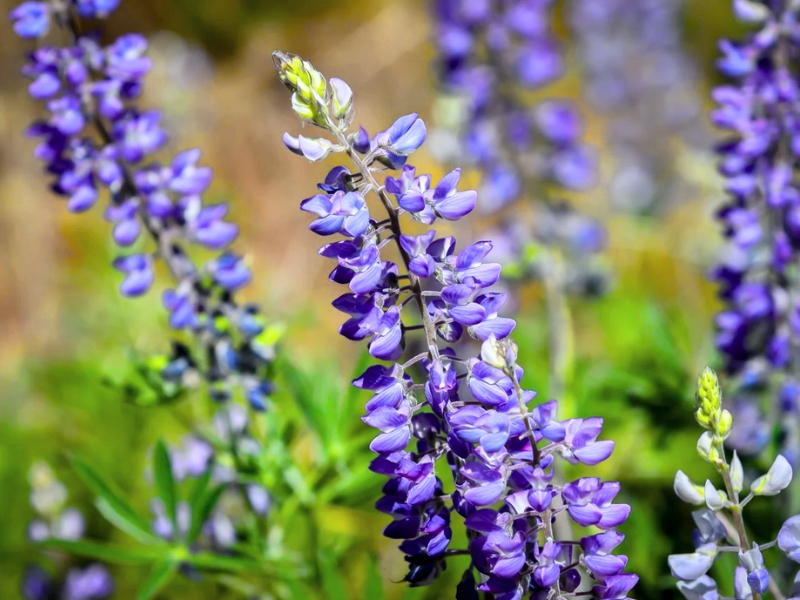
II. How to Grow and Care
Sunlight
For the best flower production and the sturdiest stems, plants should be grown in full sun.
Temperature and Humidity
Lupines like climates with summers on the cooler side. They don’t do well in high heat and humidity. You can also reduce the temperature in root zones by applying mulch around the plant.
Soil and Water
Grow lupines in rich, fertile, slightly acidic, well-drained soil. Soggy soil will result in root rot. If rainfall is lacking, water once a week.
Fertilizing
Fertilizing lupine may result in the overgrowth of foliage, reducing the flowering of plants. If the soil is too alkaline, use a specialty fertilizer to add acidity according to the manufacturer’s directions.
Planting Instructions
Lupines thrive in regions with cool summers—such as the West Coast, Pacific Northwest, northern United States, southern Canada, and New England. However, the deep South’s heat and humidity (Zones 7-9) compromise lupines’ well-being; they grow these flowers as annuals in this area. Make sure lupines get light afternoon shade in warmer climates to cool things down.
While lupine perennials are easy to start from seed, these short-lived plants are challenging to over-winter when not grown in their ideal settings. The native species doesn’t perform well as ornamentals in home-garden settings. Instead of growing wild lupines in home gardens, look for hybrids that thrive as cool-summer perennials, understanding that hot summer temperatures will end their flowering for the season.
For a potted specimen, dig a hole about the same width and depth as the planting container. Remove the plant and loosen the roots a bit from the root ball before placing in the hole. Backfill with soil, tamp lightly, and water well.
To plant lupine seeds outside, prepare the bed by scratching the soil. Scarify the seed and plant 1/4-inch into the ground and loosely cover. Keep the soil moist until you see germination and continue to water regularly until the plant is established. Most plants will flower more profusely in their second season.
Pruning
Cut away dead branches to prevent disease spread, and cut back all foliage once it turns brown as the weather turns cold. During the growing season, deadhead spent flowers to encourage further blooming. Alternatively, cutting the plant back to half after its first bloom will encourage new growth as well.
Propagation
You may benefit from self-seeding if you live in suitable zones and have the right environment for lupines in your garden. If the parent plants are hybrids, the seedlings will not come true, and you’re likely to end up with various flower colors. Rooting side-shoot cuttings in late spring to early summer is more likely to be successful for propagating identical new plants.
Potting and Repotting
Use deep, well-draining containers to pot lupines. Its taproots are long and need room to grow. Use lightweight soil to allow for good drainage. Water when the top 2 inches are dry and keep watering until a stream of water flows out of drainage holes. Repot when roots begin to grow out of drainage holes, but use caution when lifting the plants out of the container since the taproots are very delicate.
Pests and Diseases
Lupines are susceptible to powdery mildew; good air circulation helps prevent this problem. Cut away affected leaves. If a plant develops a brown spot, remove the plants and destroy them.
Common garden pests can be an issue for lupine. Use horticultural soap to cleanse plants of aphids, snails and slugs.
III. Uses and Benefits
- Ornamental uses
Lupines are traditional additions to a cottage garden and look lovely in a mixed border. The blooms make good cut flowers for arrangements.
- Culinary uses
Seeds of various species of lupins have been used as a food for over 3,000 years around the Mediterranean and for as long as 6,000 years in the Andes. Lupins were also used by many Native American peoples of North America such as the Yavapai.
The Andean lupin or tarwi (Lupinus mutabilis) was a widespread food in the Incan Empire; but they have never been accorded the same status as soybeans, dry peas and other pulse crops. The pearl lupin of the Andean highlands of South America, L. mutabilis, known locally as tarwi or chocho, was extensively cultivated, but no conscious genetic improvement other than to select for larger and water-permeable seeds seems to have been made.
Users soaked the seed in running water to remove most of the bitter alkaloids and then cooked or toasted the seeds to make them edible, or else boiled and dried them to make kirku, reported as a pre-Columbian practice in Las Relaciones geográficas de Indias. Spanish domination led to a change in the eating habits of the indigenous peoples, and only recently (late 20th century onward) has interest in using lupins as a food been renewed.
Lupins can be used to make a variety of foods both sweet and savory, including everyday meals, traditional fermented foods, baked foods, and sauces. The European white lupin (L. albus) beans are commonly sold in a salty solution in jars (like olives and pickles) and can be eaten with or without the skin.
Lupini dishes are most commonly found in Europe, especially in Portugal, Spain, Greece, and Italy. They are also common in Brazil and Egypt. In Egypt, the lupin is known in Arabic as ترمس termes, and is a popular street snack after being treated with several soaks of water, and then brined. In Portugal, Spain, and the Spanish Harlem district of New York, they are consumed with beer and wine. In Lebanon, Israel, Jordan, and Syria the salty and chilled lupini beans are called Turmus and are served as part of an apéritif or a snack. Other species, such as L. albus (white lupin), L. angustifolius (narrow-leafed lupin), and L. hirsutus (blue lupin) also have edible seeds.
Find Where to Buy the Best Lupine (Lupinus)

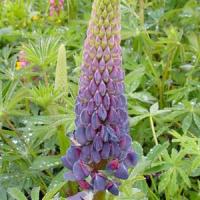

![Lupine (Lupinus) 5 Seed Pack - Sundial [Wild] Lupine (Lupinus perennis)](https://nativeplantsunlimitedshop.com/cdn/shop/files/IMG_2347_1400x1400.jpg?v=1688786320)

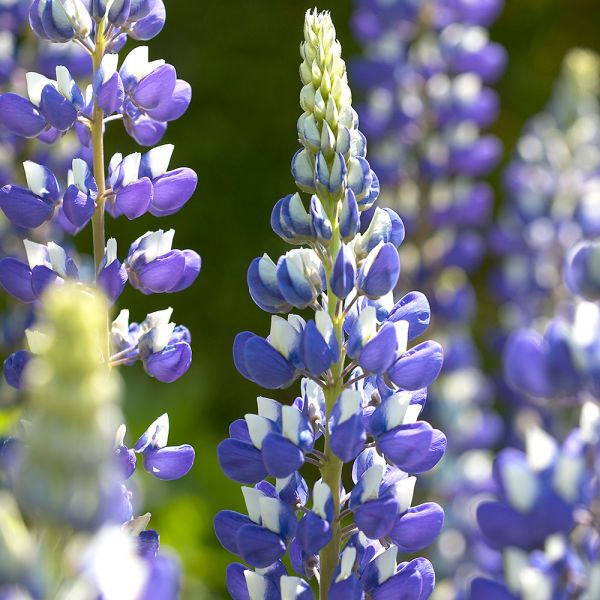



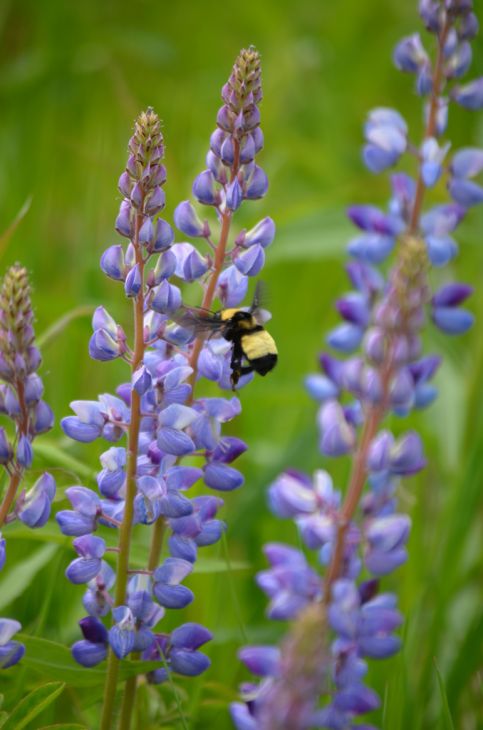
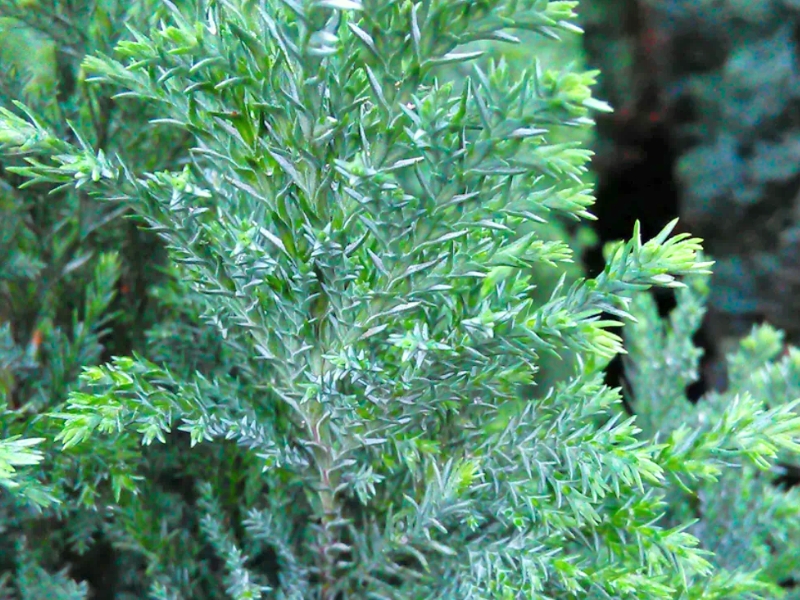

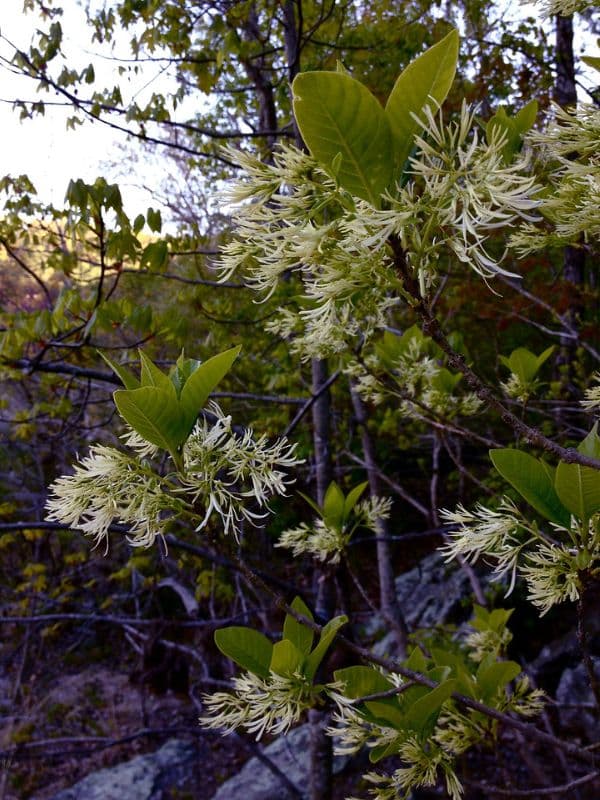
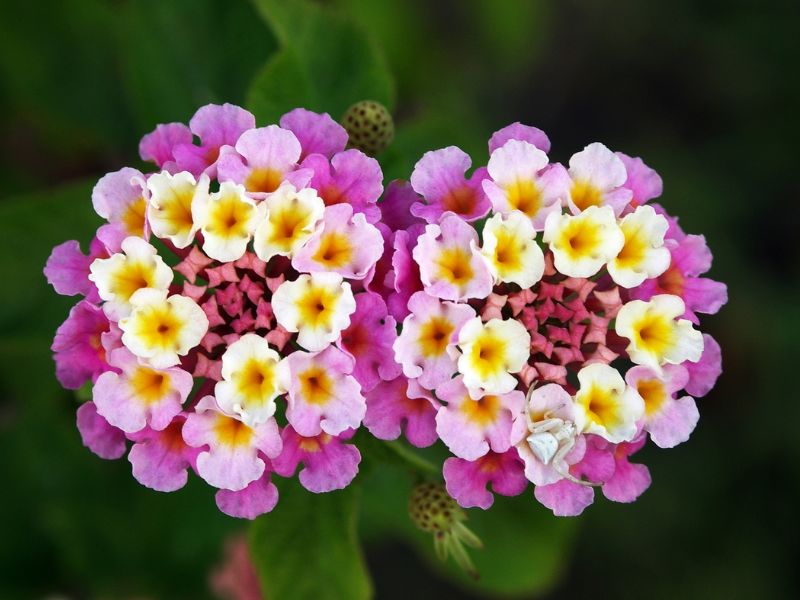
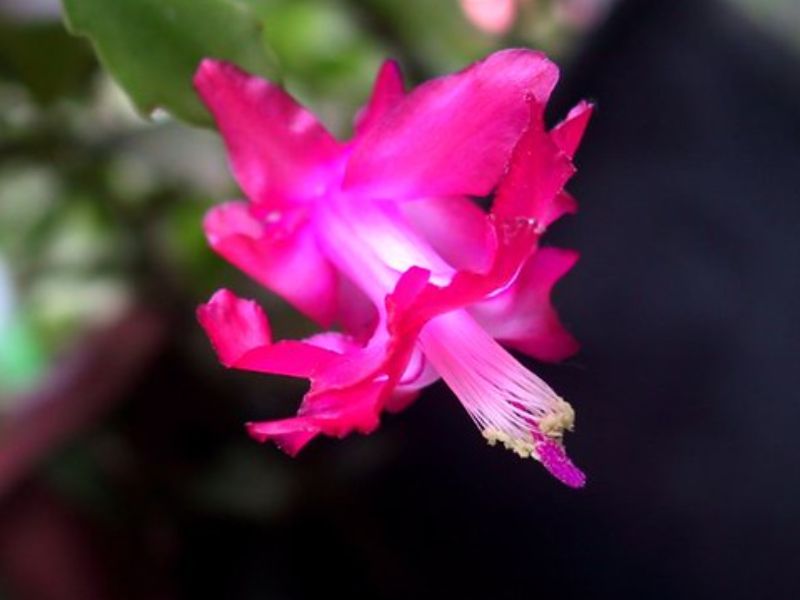
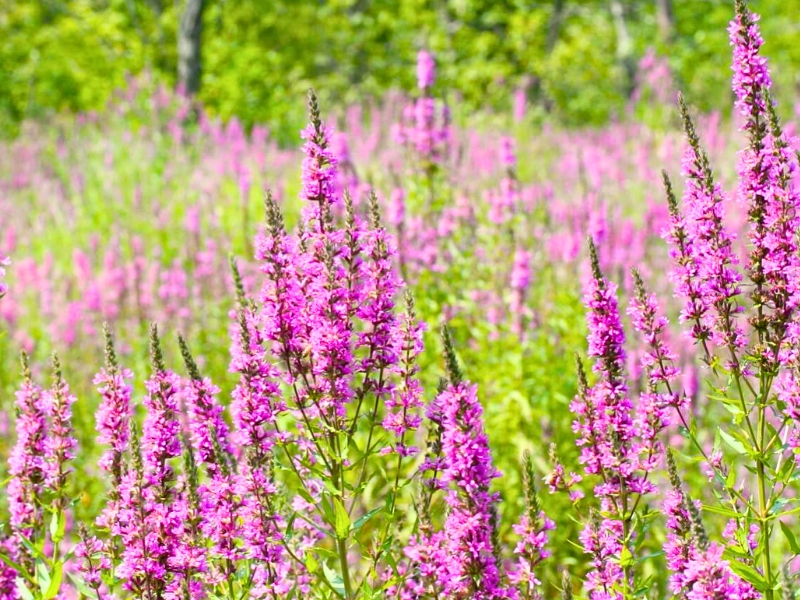
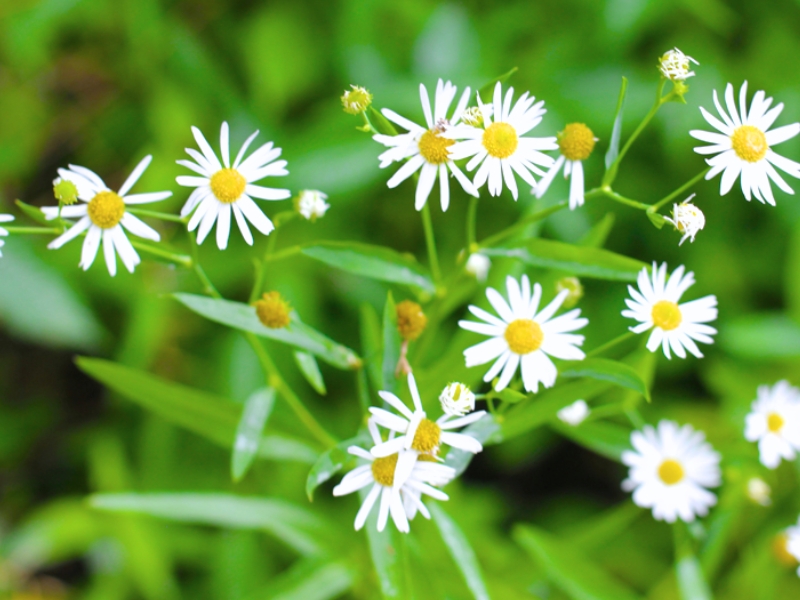
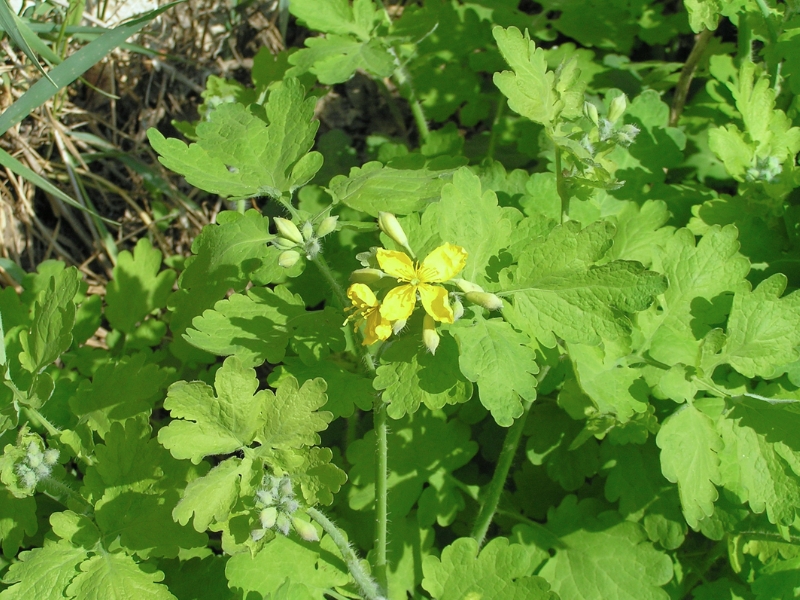
Leave a Reply